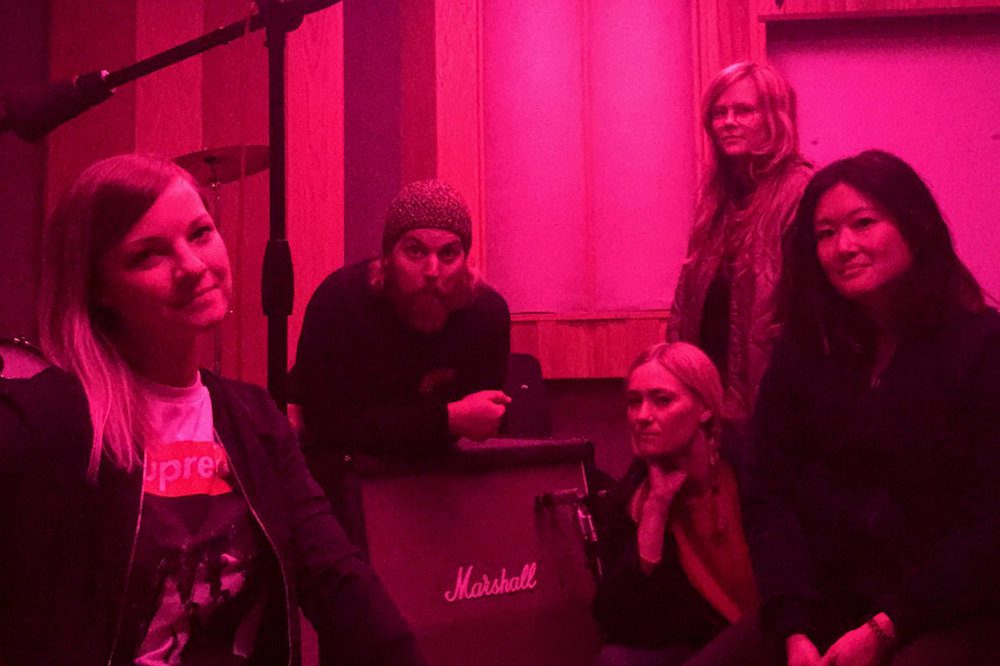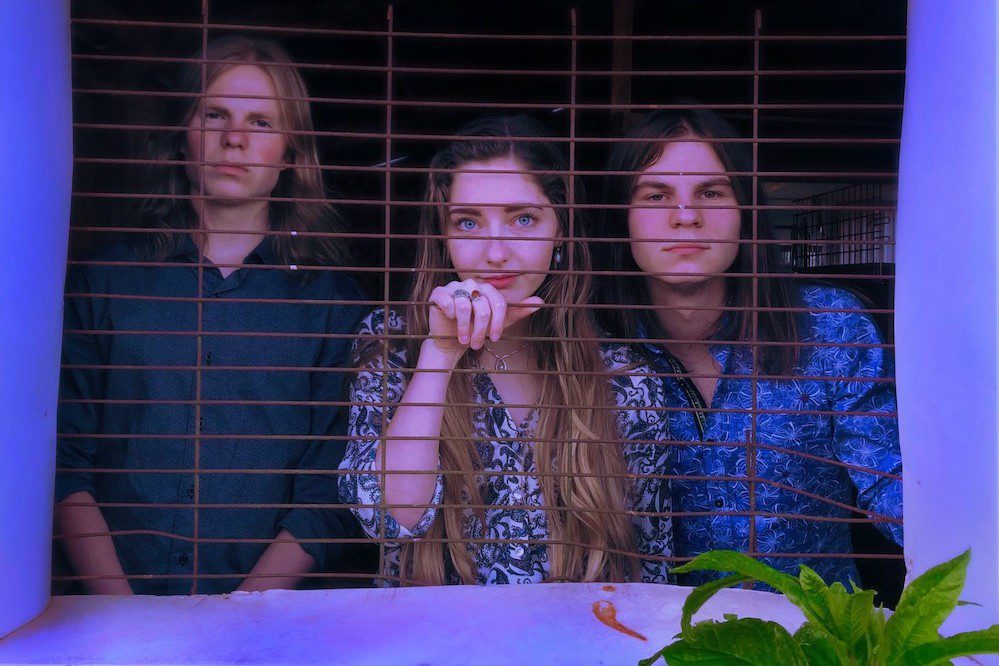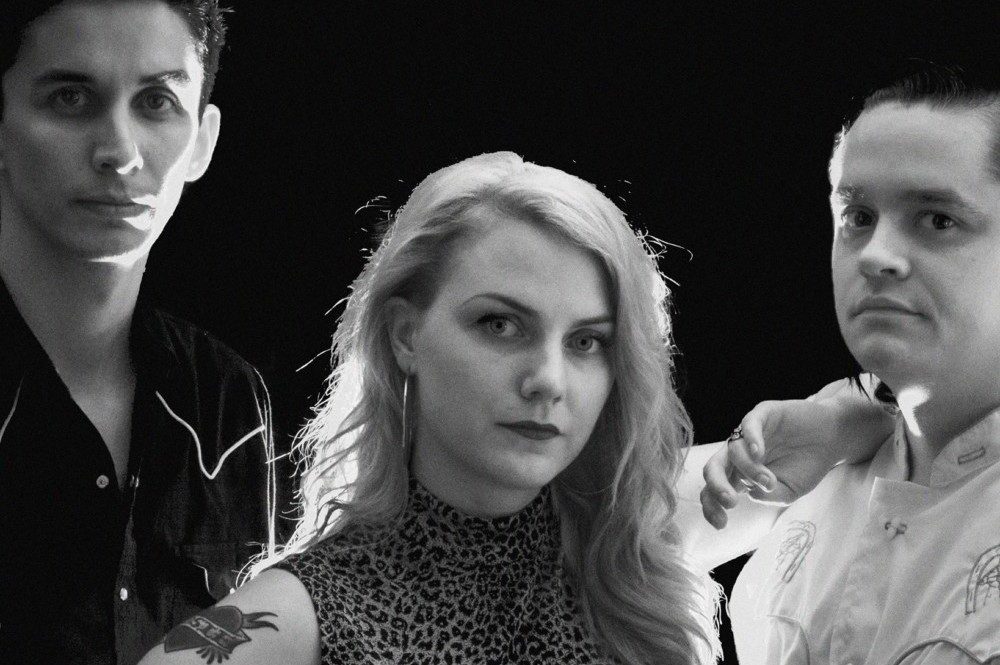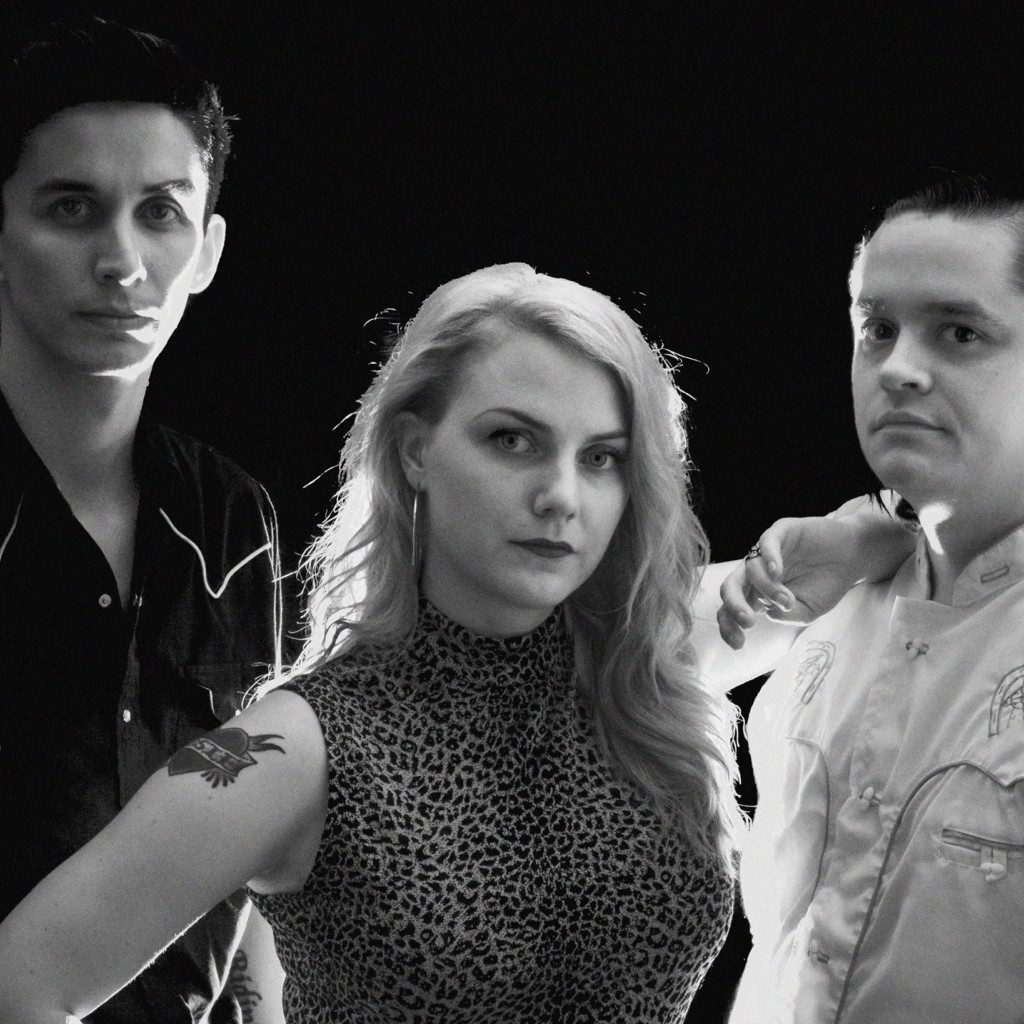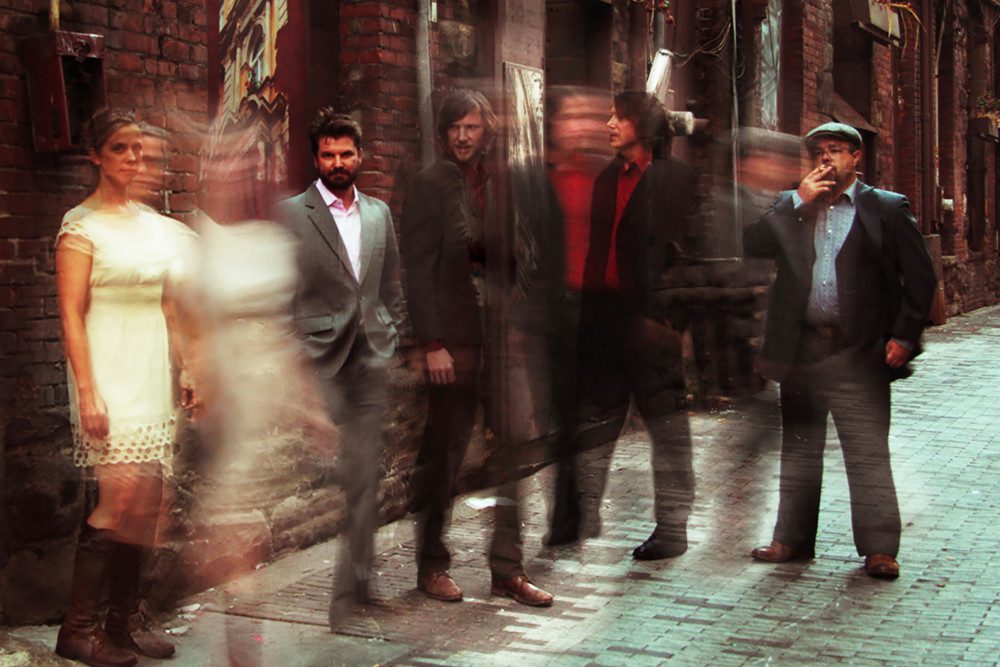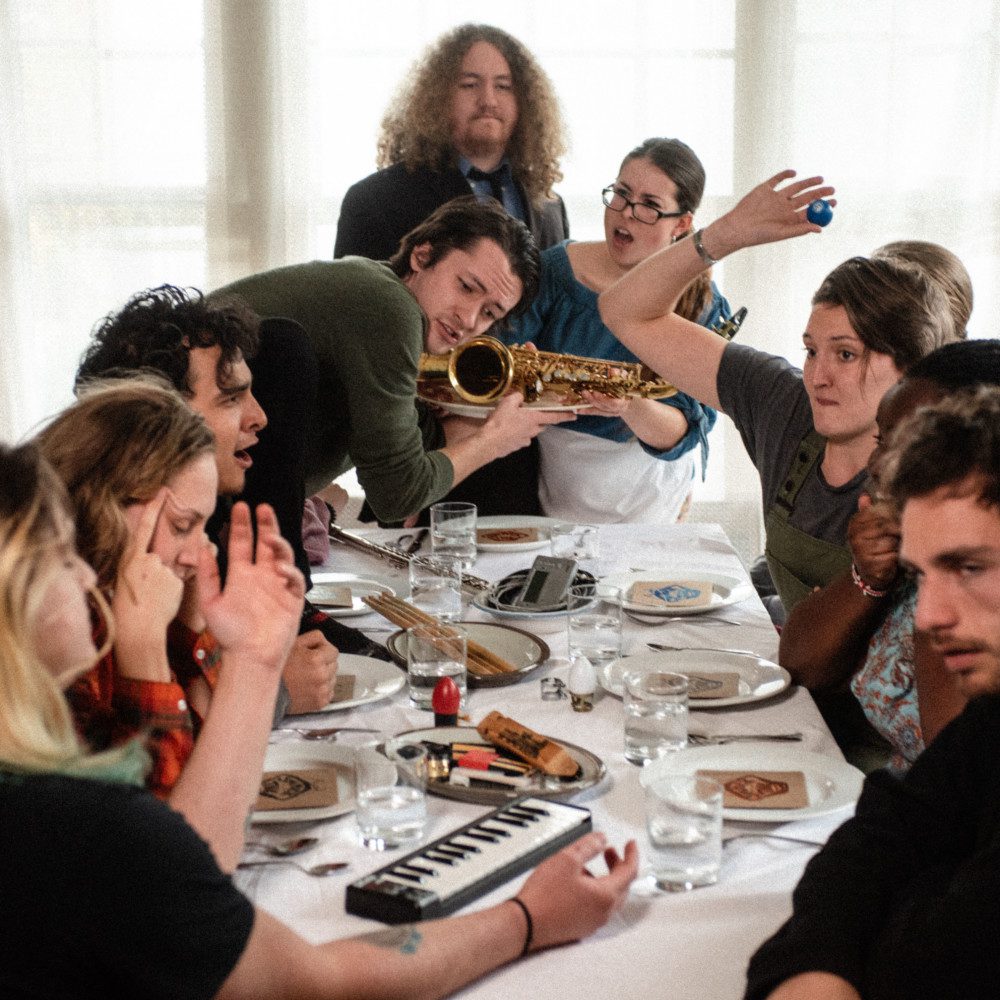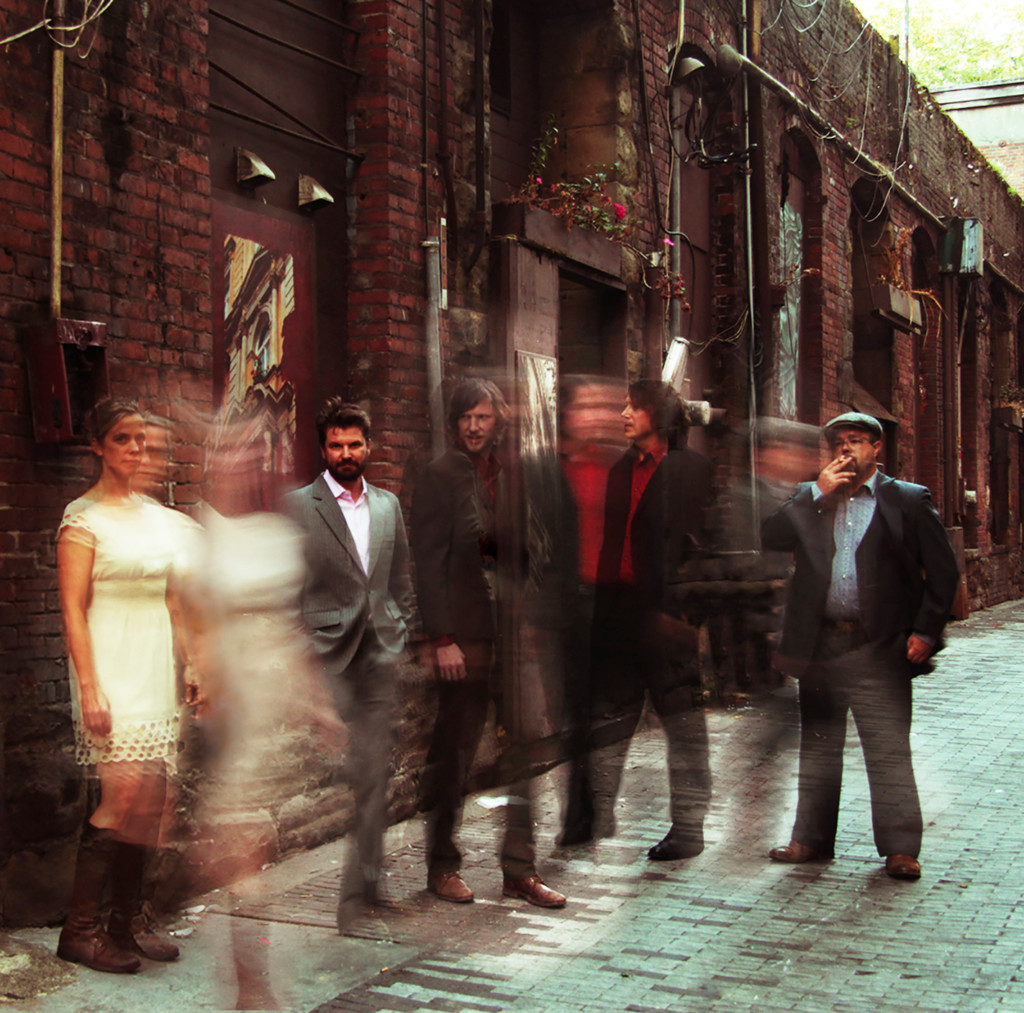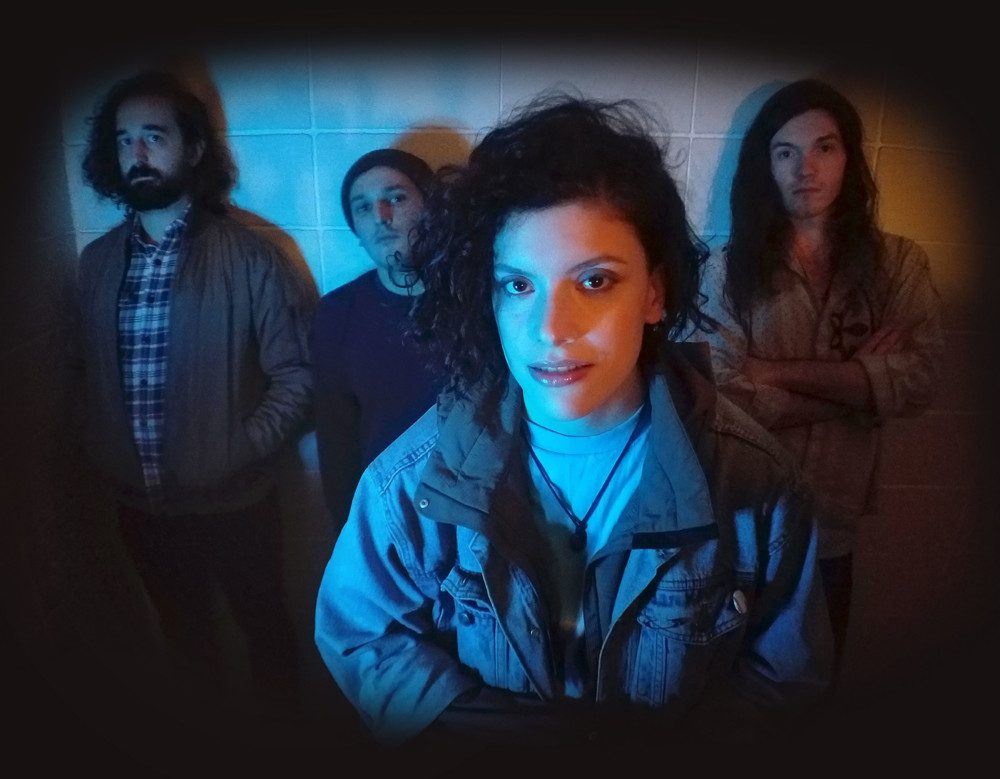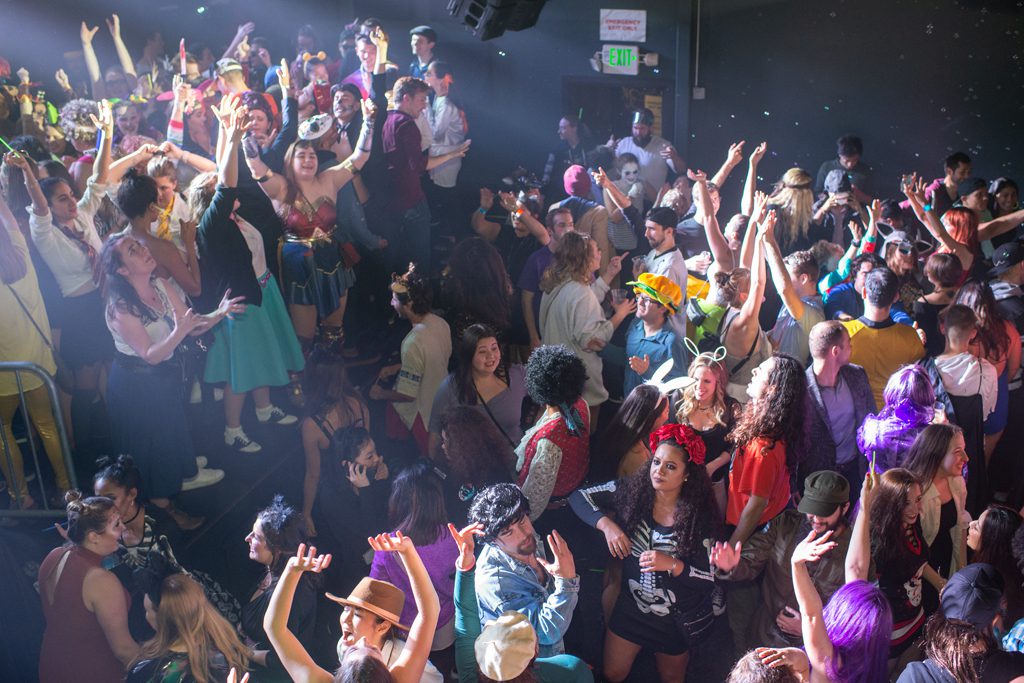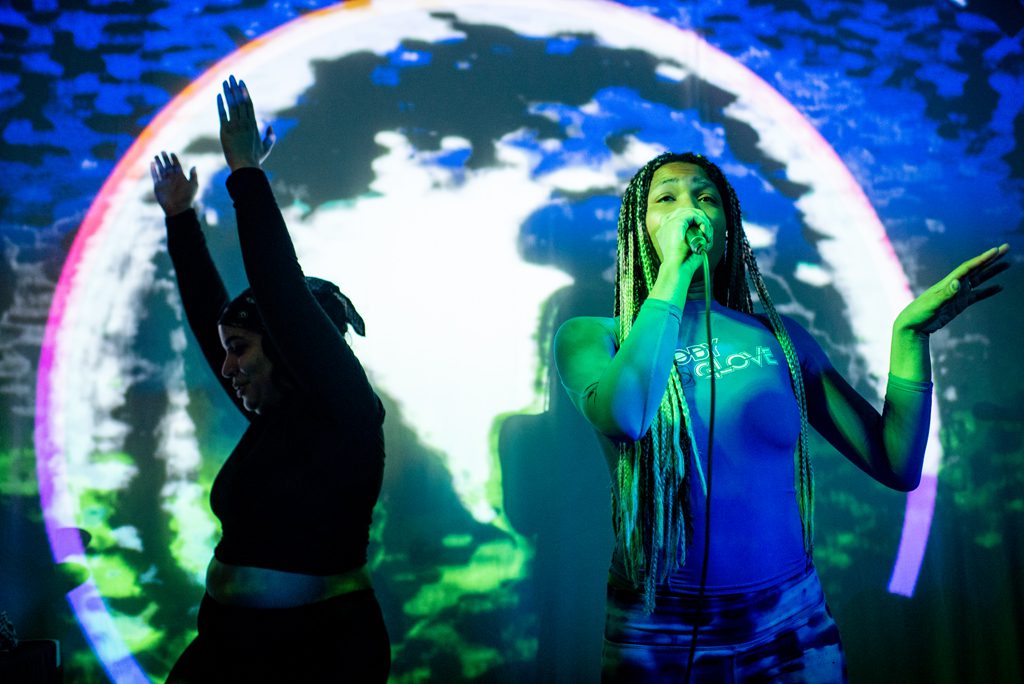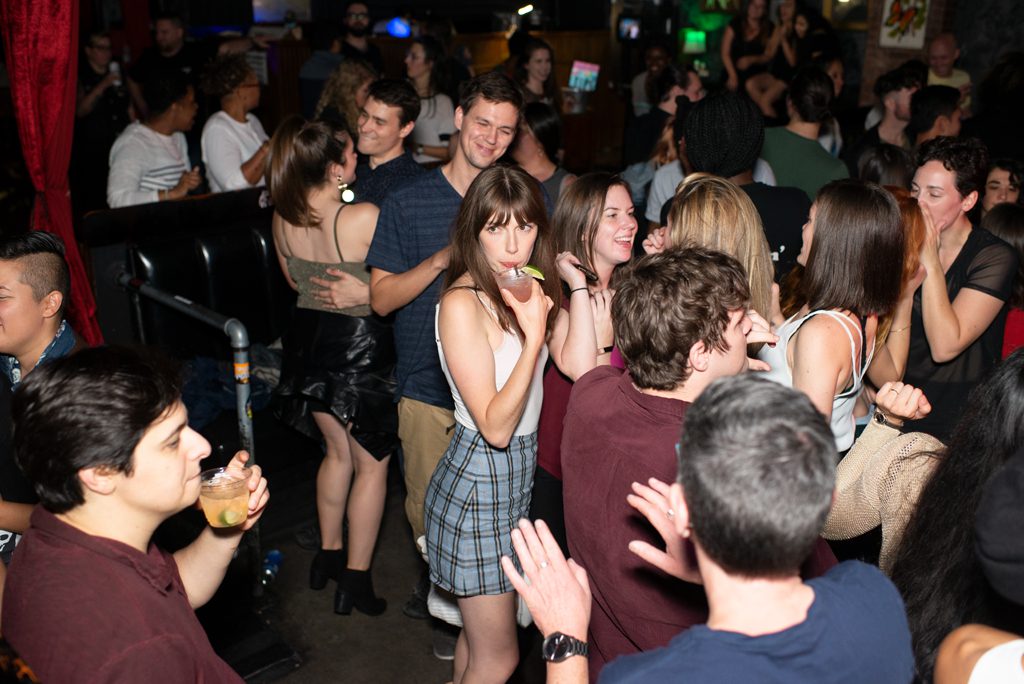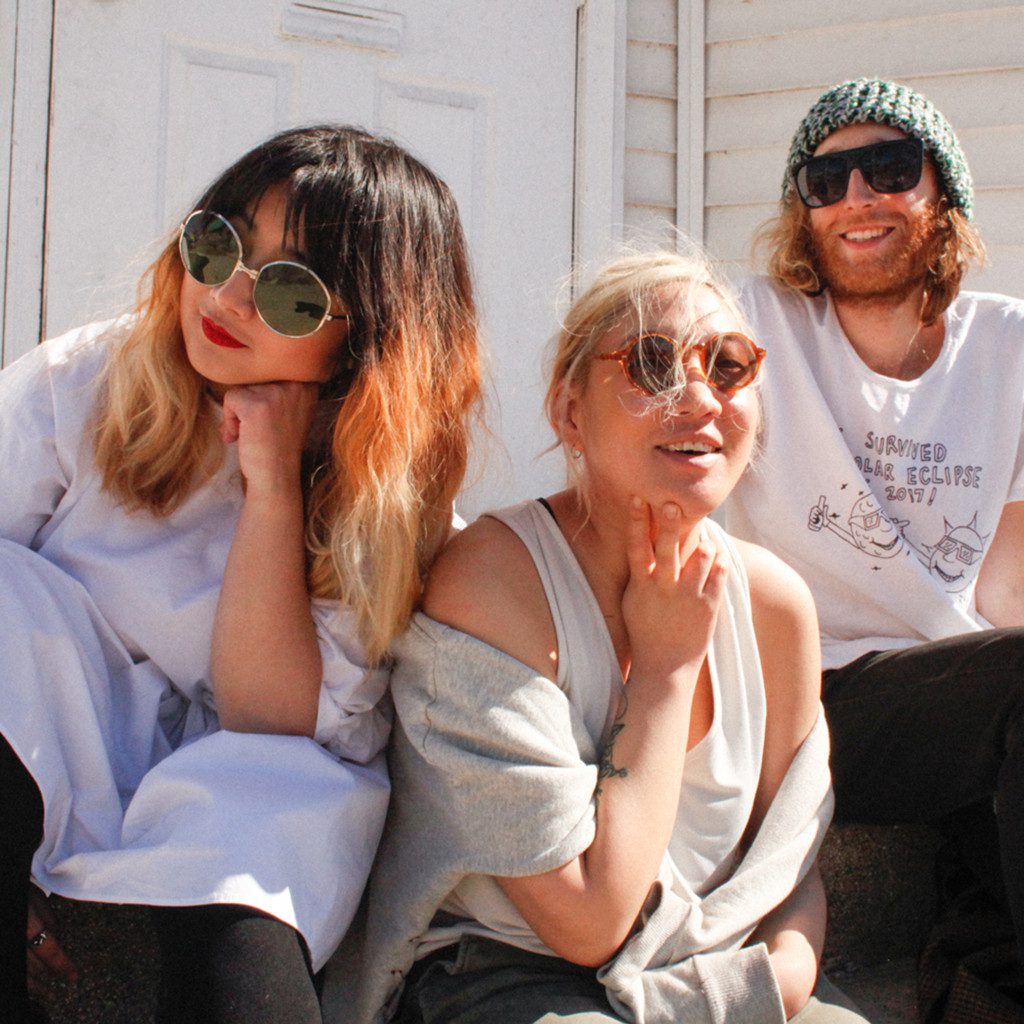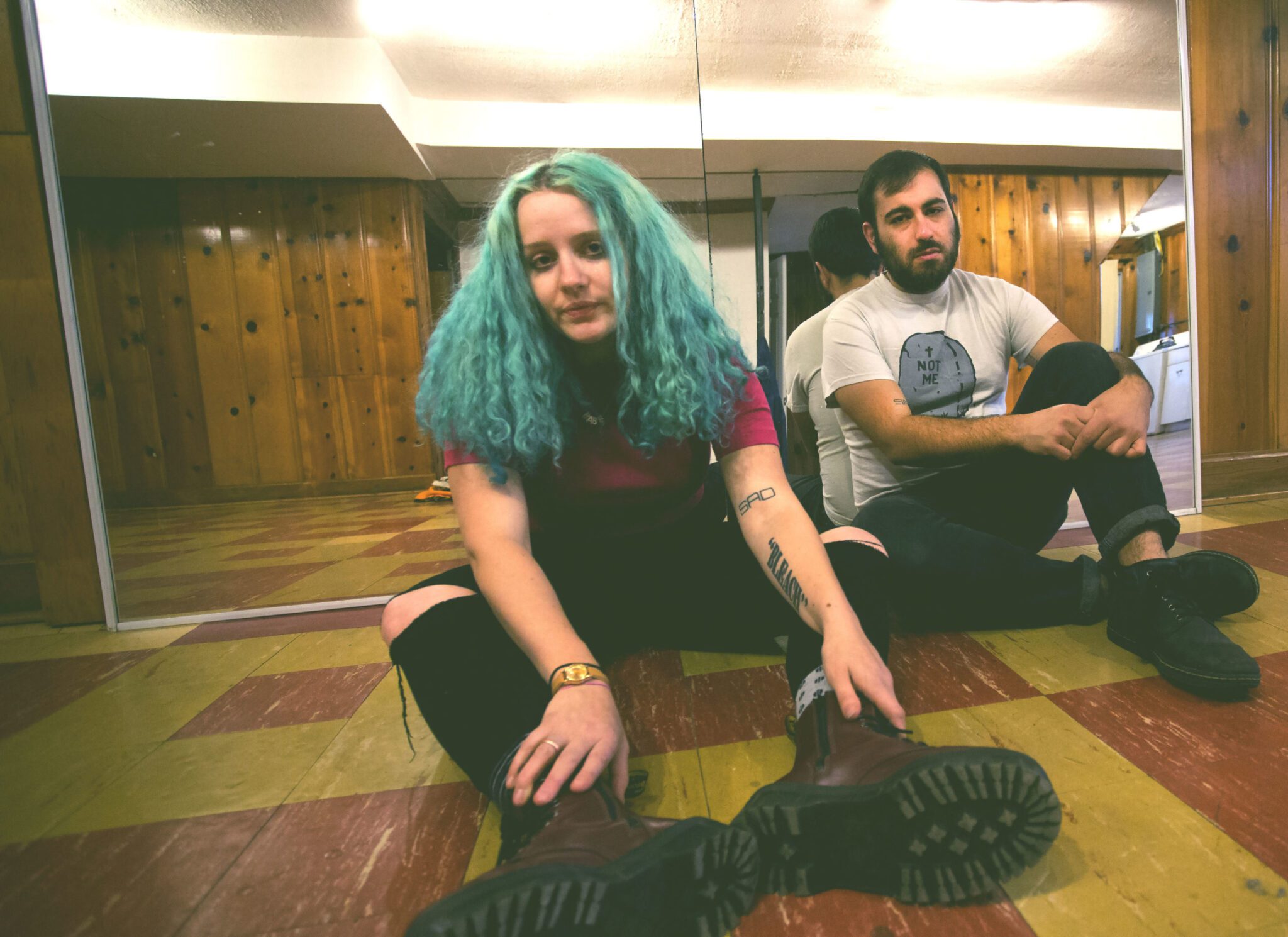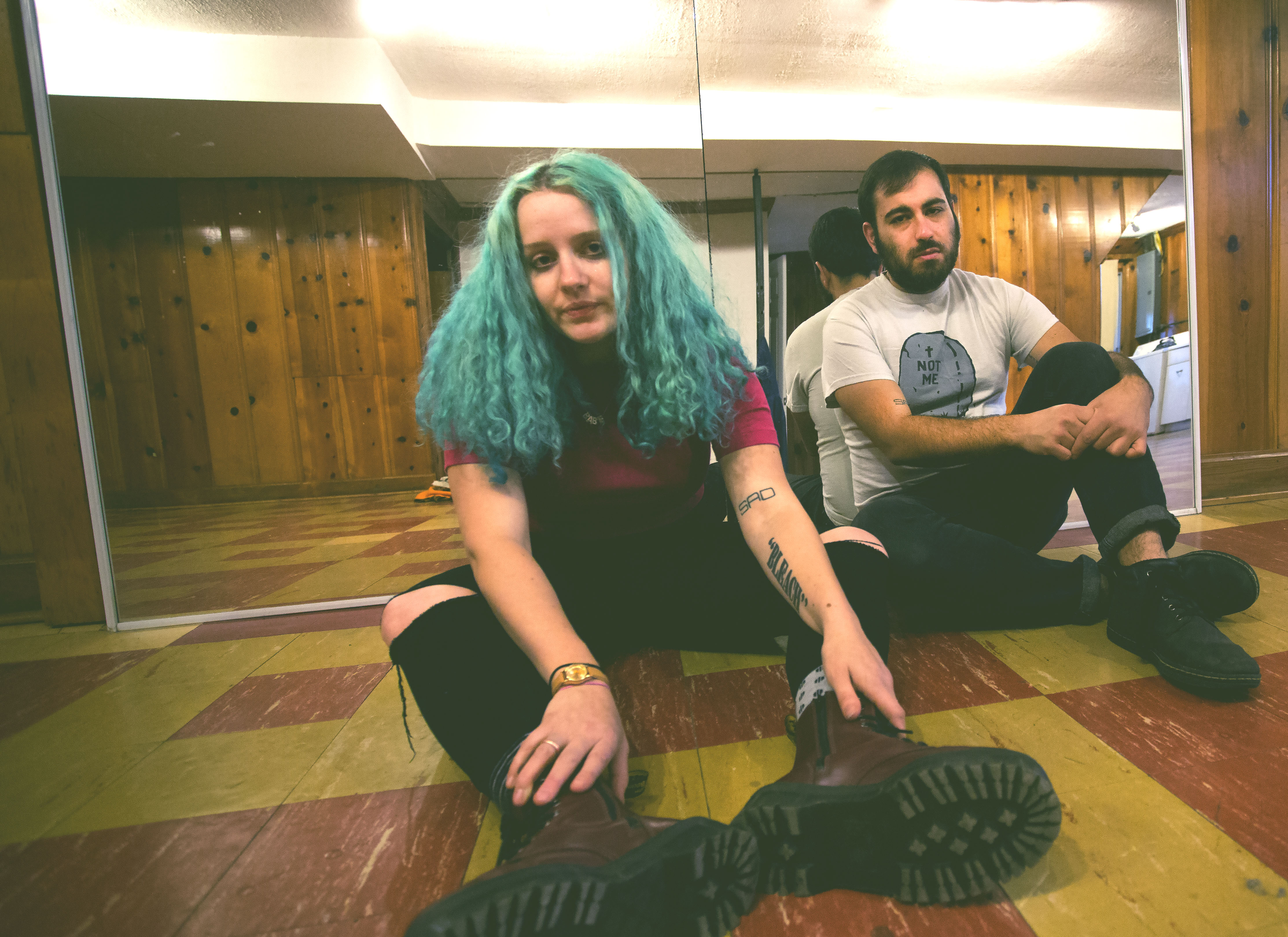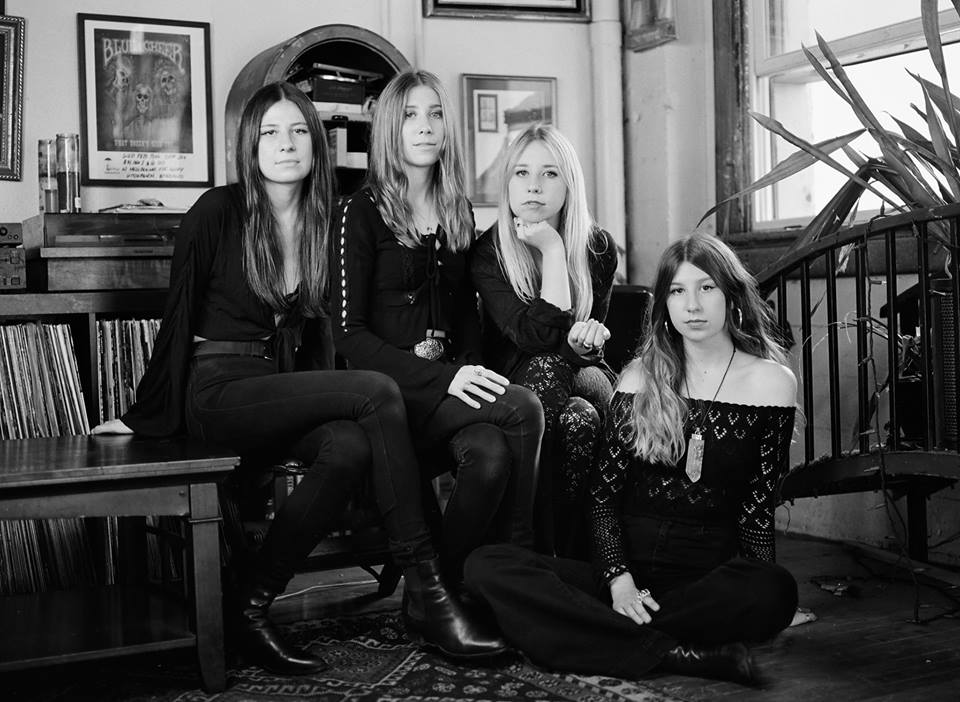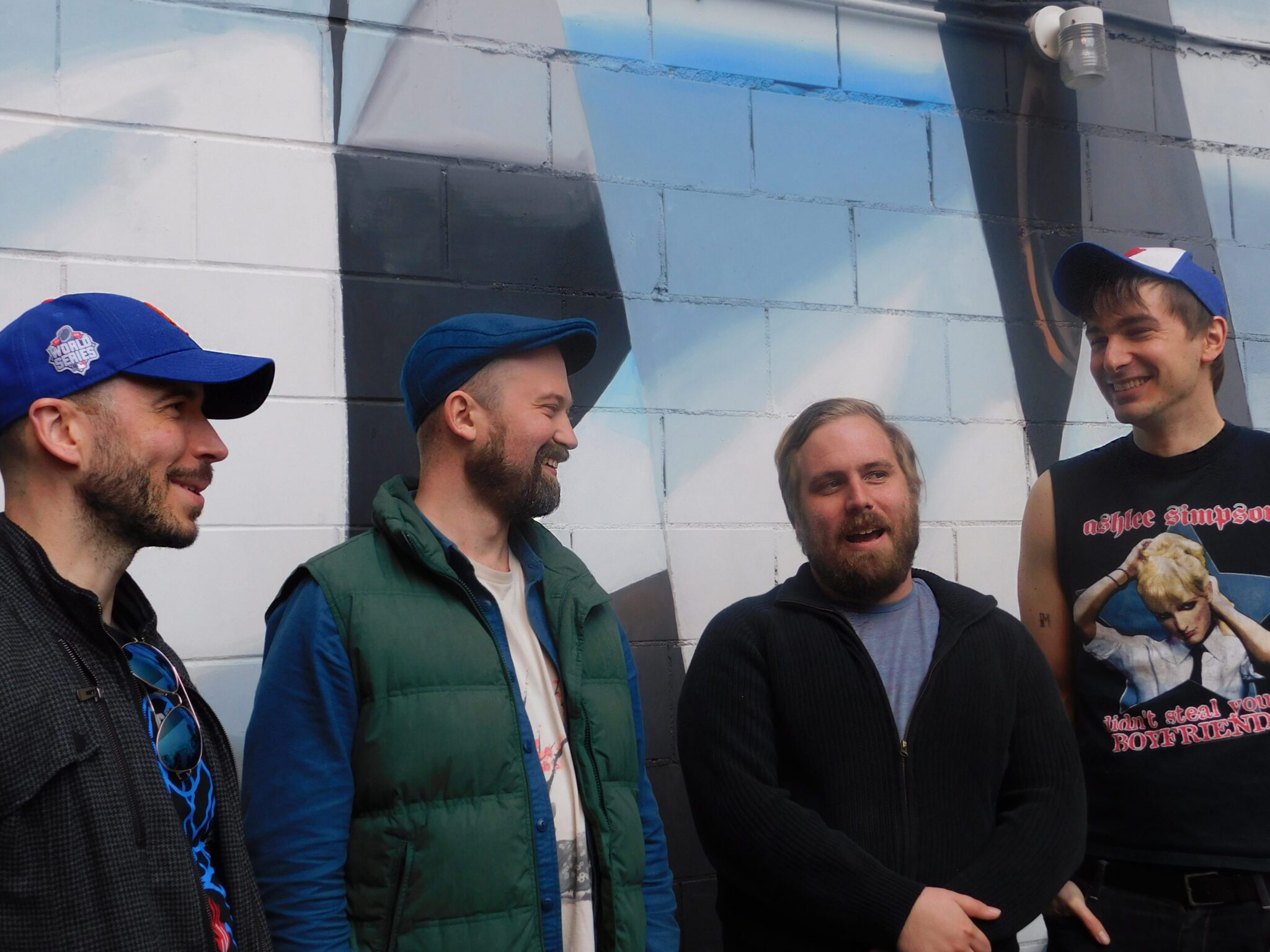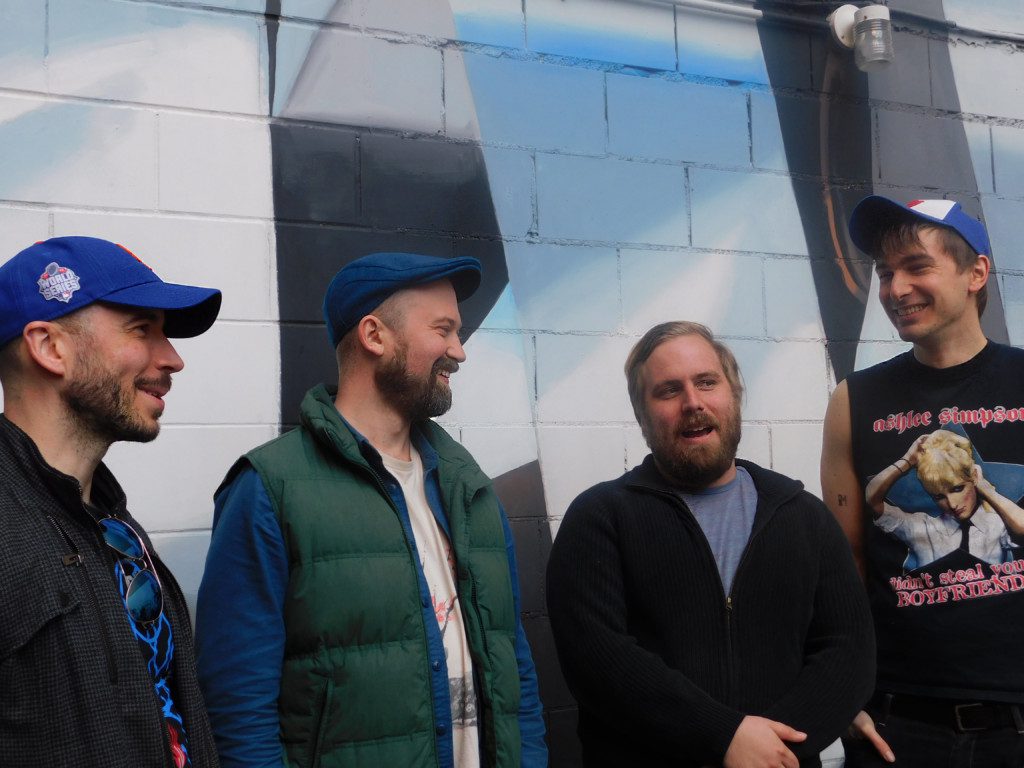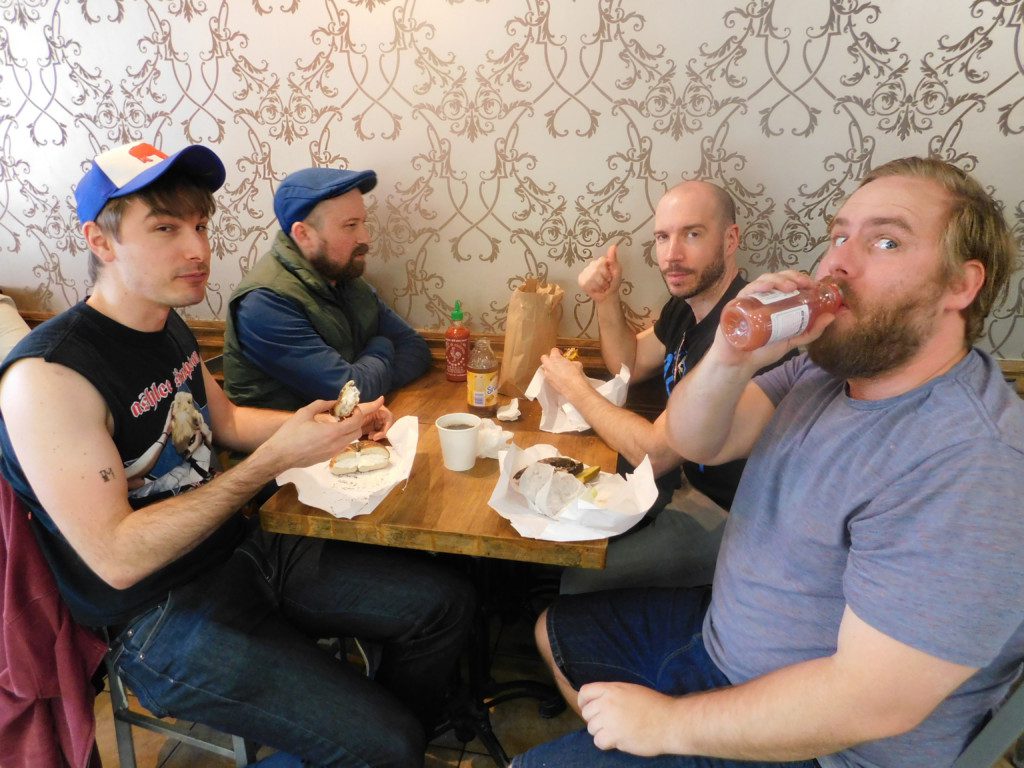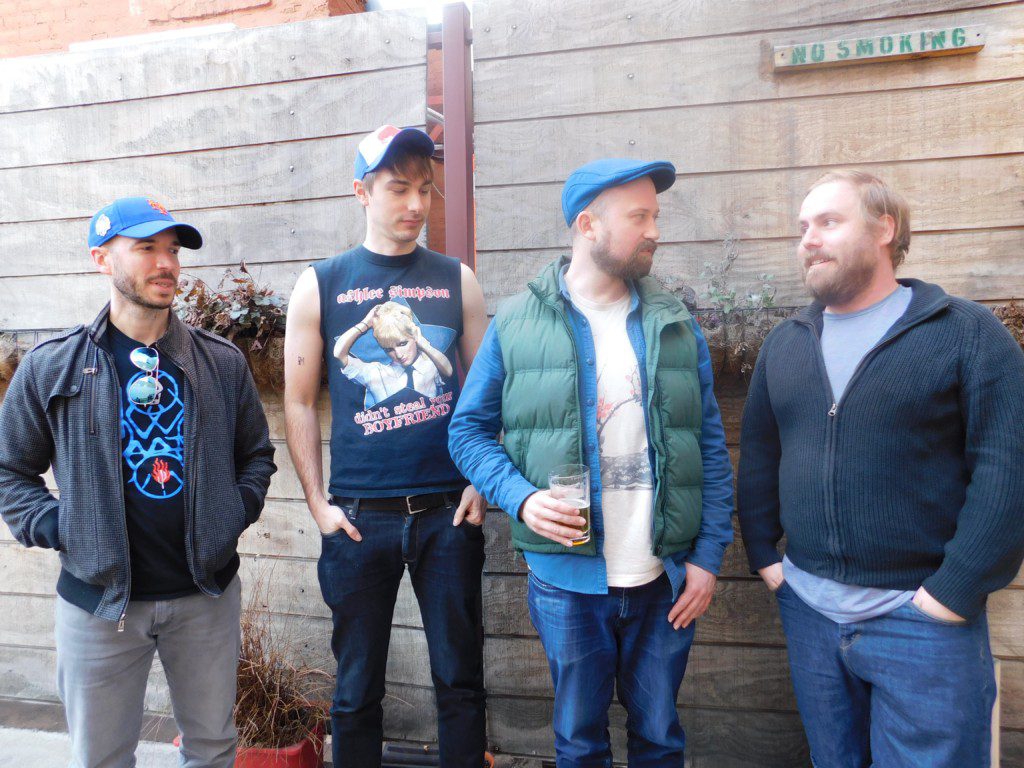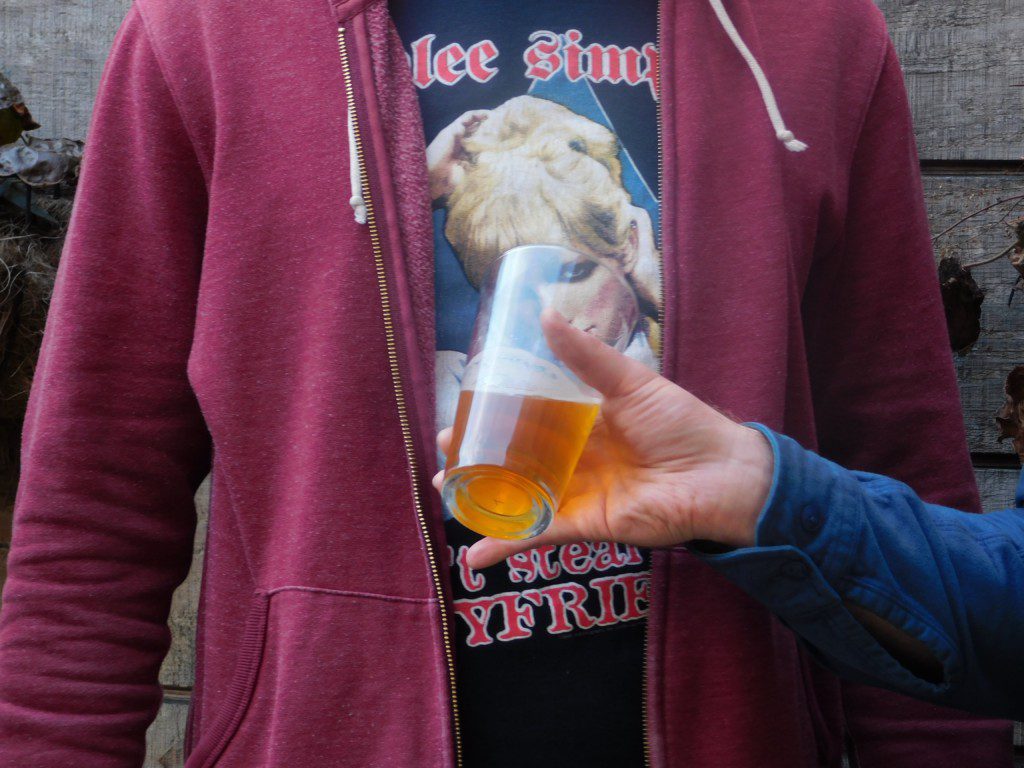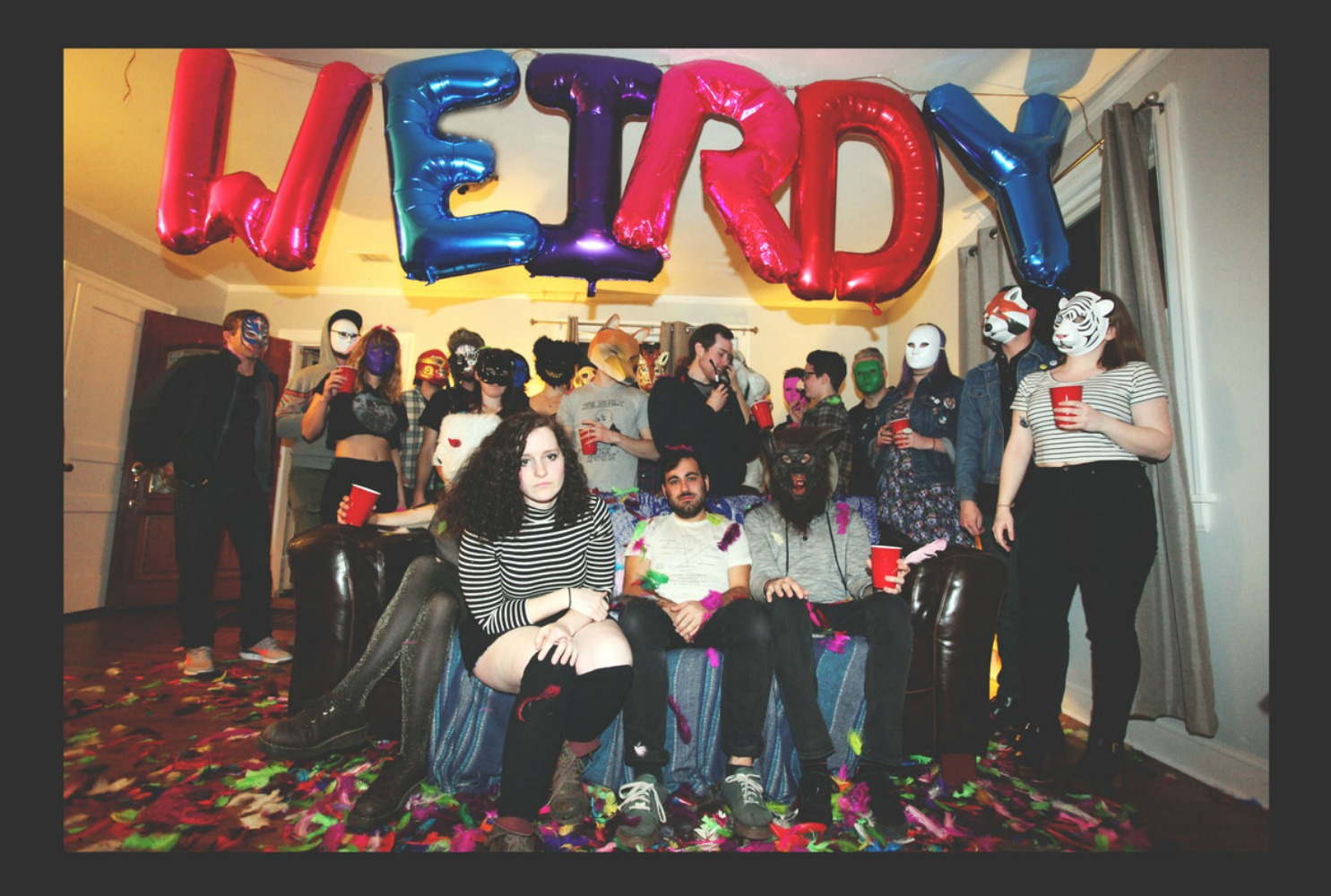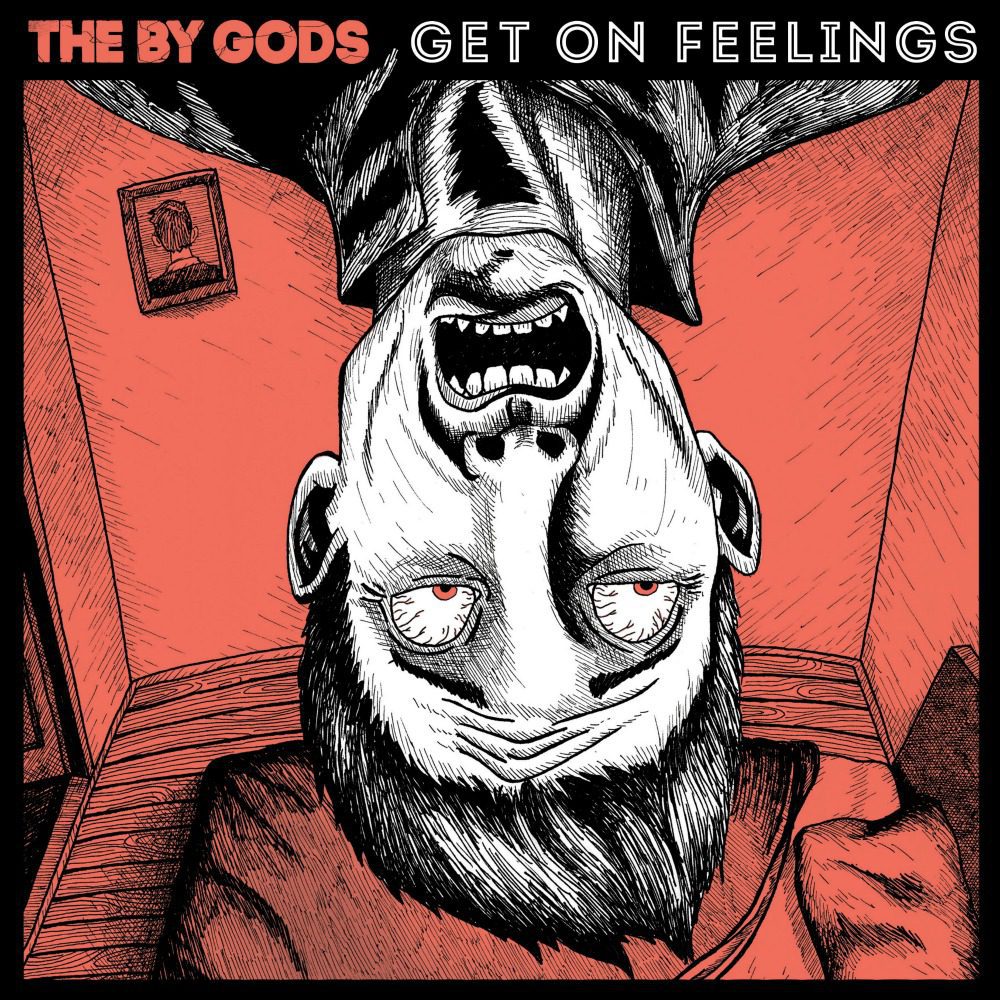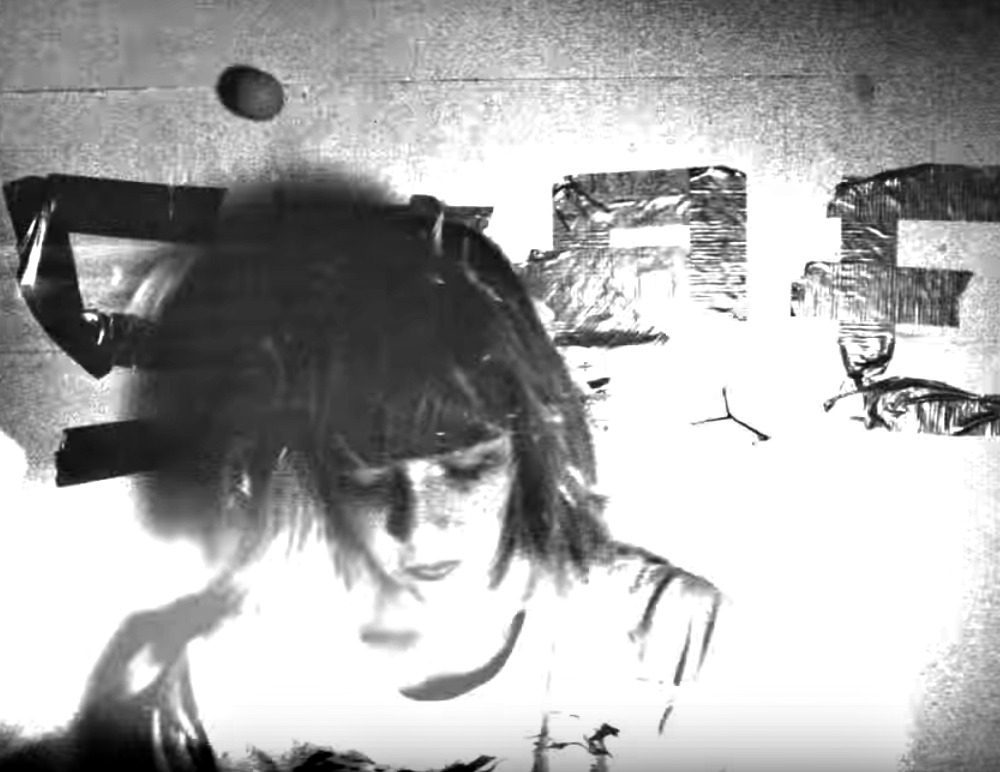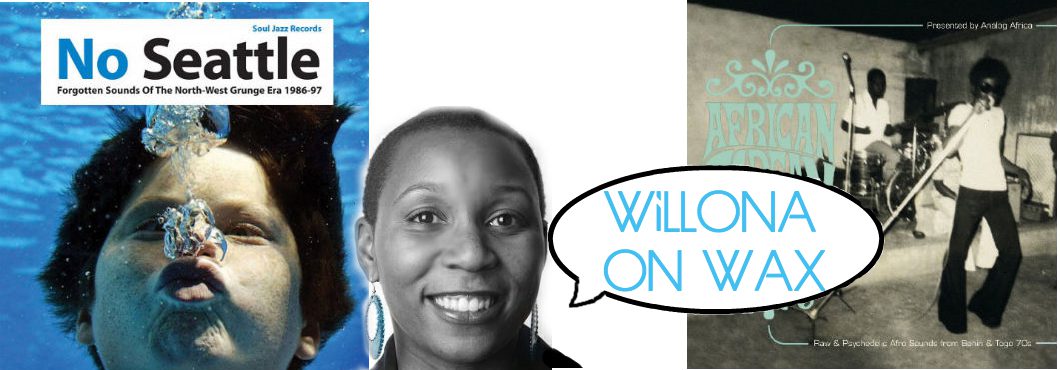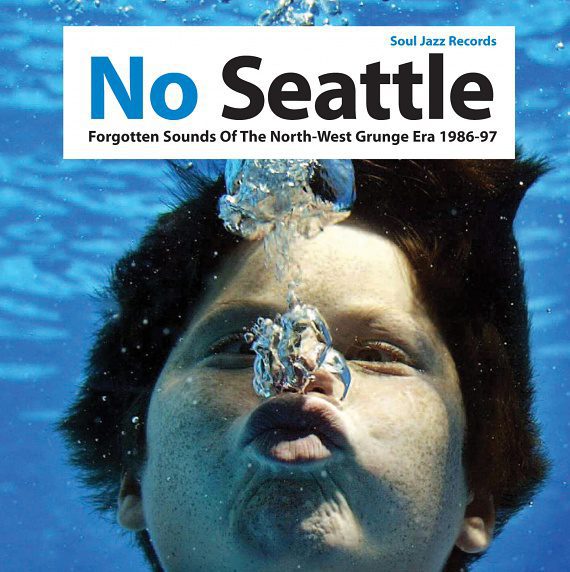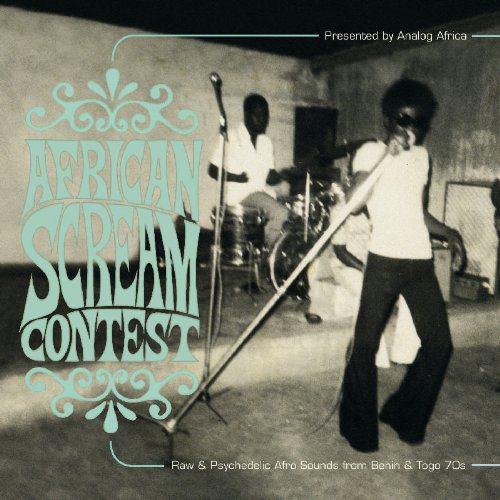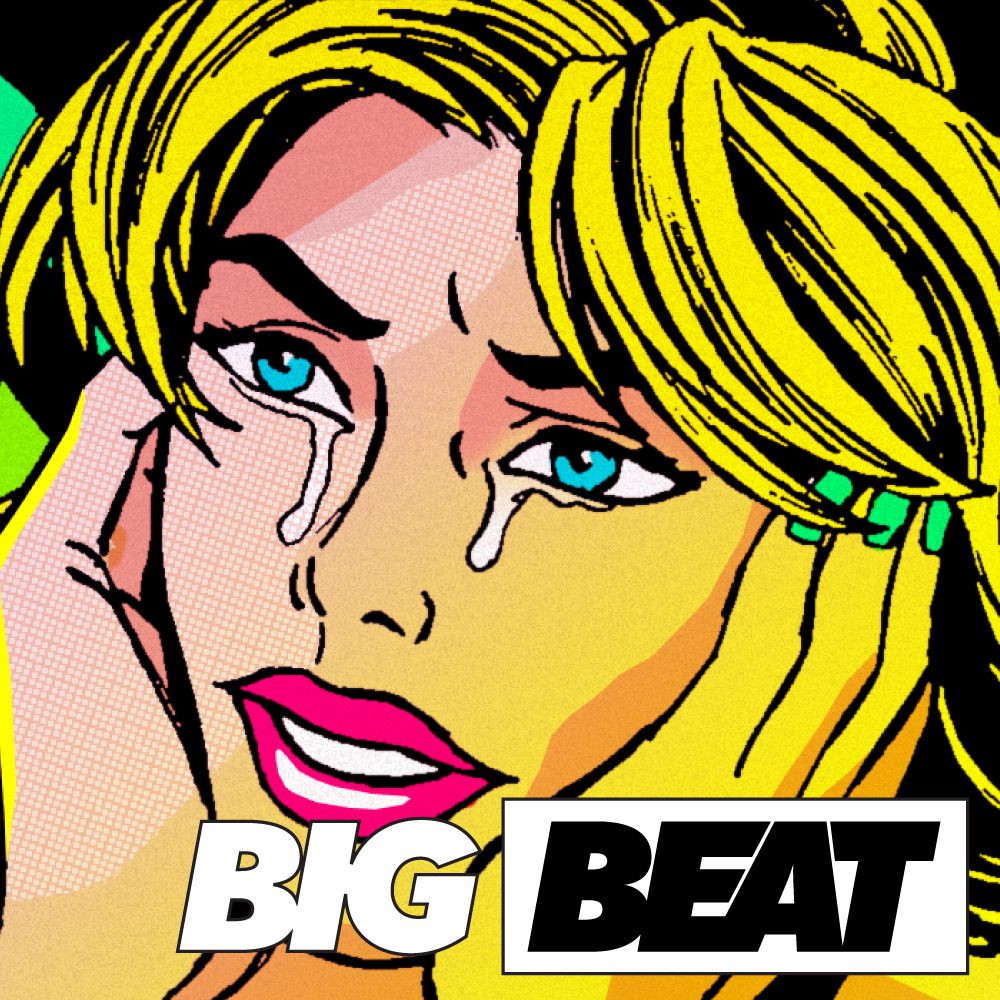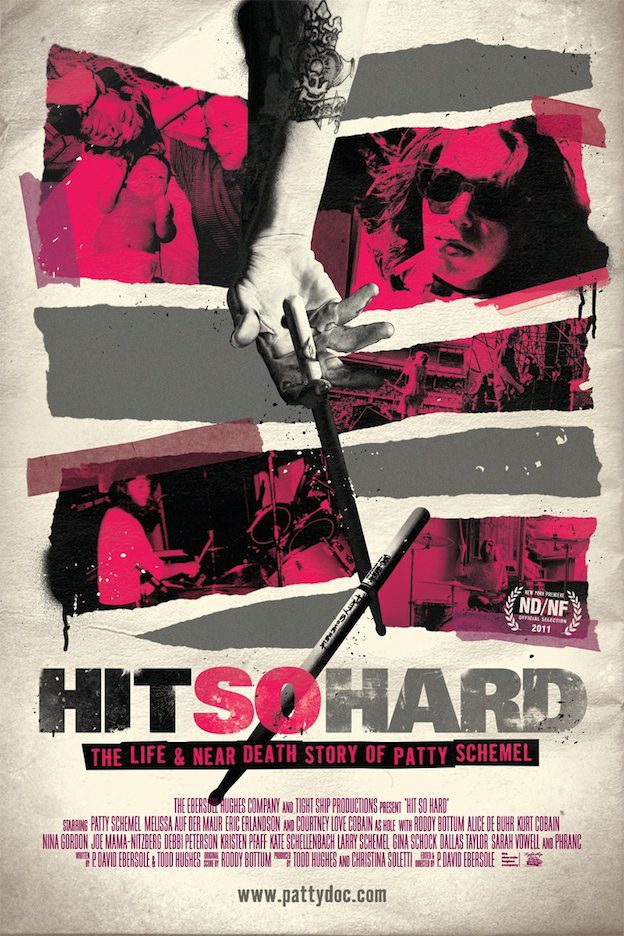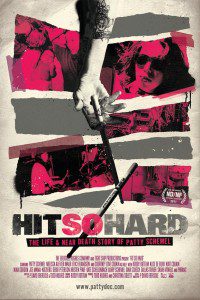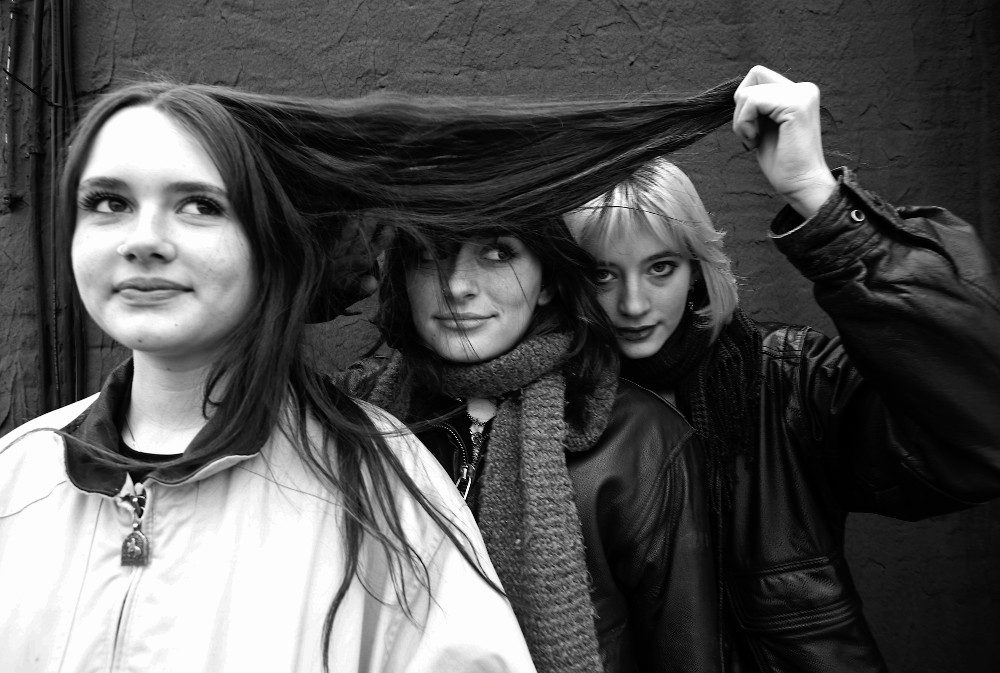

As any houseplant enthusiast will tell you, growing things indoors can be tricky – it takes just the right amount of sunlight, moisture, and fertile soil to make that monstera deliciosa flourish, but the joy and wonder that comes from watching it grow is well worth the effort. On their latest single, “Evicted,” NYC-based grunge revivalists Hello Mary twist intoxicating vocal harmonies around the phrase “I’ve been evicted from the sun,” lamenting the pandemic lockdown (and later, with the line “Now everyone is taking sides/I can’t decide which one is right,” the political divide widened by a crisis that should have united us). But despite an apparent lack of Vitamin D, it’s clear that the trio – consisting of Helena Straight on guitar, Mikaela Oppenheimer on bass, and Stella Branstool on drums – have been growing by leaps and bounds as musicians. “Evicted” is the second single following the band’s DIY debut Ginger, released via Bandcamp in December 2019, and it showcases the group’s burgeoning potential as New York’s next huge rock band.
“The songs are getting better and us playing together is getting better,” says Branstool, who mentions more than once during a Zoom call with Audiofemme that the only thing she had to look forward to during the height of the pandemic was playing drums and writing songs with her bandmates. “Evicted” came out of those practice sessions, as did “Take Something,” released in May this year. Both were recorded with veteran producer Bryce Goggin (who has worked with Pavement, Luna, The Lemonheads, Sebadoh, Dinosaur Jr., Kim Deal side-project The Amps, and more), and Hello Mary spent last week in the studio recording twelve new tracks with him as well.
“You have to work with the right person and Bryce is the most perfect person that I could think of – we’re kind of obsessed with him,” says Straight, who characterizes “Evicted” as a pop-driven song more in the vein of Dinosaur Jr. “He definitely values the raw, real, live sound, so we’re on the same page.” For a band that’s arrived at a gritty ’90s alternative sound by way of playing sold-out shows across New York, retaining that raw energy is important. While Ginger accomplished this well enough, a professional studio setting with a seasoned engineer elevates their latest material significantly.
“I’m excited to be moving on to a process of recording that fits us better. The way that it’s gonna sound is just gonna be a lot more true to how we actually sound – both on our part, like how we’re playing our instruments and how we’re singing and how we’re writing songs, but also how we’re being recorded and how we’re being mixed,” says Branstool. “It’s raw, but then still produced enough where it’s fun to listen to in headphones, not painfully raw. We’re adding a shaker or a tambourine, or just other elements that kind of beef it up.”
What’s especially remarkable about Hello Mary’s latest songs is not only how tight they are, but that they’re coming from a band who hasn’t been together all that long – and whose members are all under 21. Straight and Oppenheimer are still in high school, while Branstool is about to enter her senior year of college. They met Goggin via Branstool’s mother, Christy Davis, who plays drums in the CFR with Luna guitarist Sean Eden. Straight’s father also played drums in bands throughout his college years and maintains the practice space where Hello Mary worked out these songs.
Age is relative, anyway – each member of Hello Mary brings lifelong musical experience to the table. “Mikaela and I met in middle school – we were in the same homeroom. I played guitar a little bit but I was mostly singing. Mikaela was playing bass in jazz band and we started writing music together,” recalls Straight. By ninth grade, they’d released a few songs on Soundcloud, all while delving into ’90s alt-rock history. Around this time, they were asked to play a show highlighting young women musicians, but didn’t have a drummer, so the program coordinator introduced them to Branstool, who mainly played in bands with guys.
“When I joined the band it very much felt like I was just the drummer. It didn’t feel like my band; I just felt like I was kind of subbing in to help them make music, and I actually was totally fine with that. At that point they were fifteen and I was eighteen and it felt like a much bigger difference than it does now,” remembers Branstool, who played piano and sang as a child before discovering her natural talent behind the kit in high school. “The more that we’ve played together and the more that we’ve grown closer as friends, becoming better musicians and writing songs better together and all that stuff, I just can’t picture my life without it at this point.”
Oppenheimer is still heavily involved in jazz band, and though Hello Mary’s unique vocal harmonizing or jangly guitar might stand out most on first listen, it’s her springy, thick bass tones that give the band its throwback sound. “I try not to think about theory or jazz stuff when I’m writing but I’m sure it inevitably does [affect] my technique,” she says. An archive of a livestreamed Baby TV set reveals just how essential her playing is to the band.
Still, as young musicians, they’re heading for some big changes. While they’re mostly keen to stay in the city, Oppenheimer and Straight will be applying to college this year, just as Branstool finishes up. “It feels like a crucial time right now, at least in my eyes, because it’s my last year of college. More importantly, they’re going into their last year of high school. With our band and the dynamic… I want to make sure that we have a solid thing going before it becomes challenged or compromised by outside factors,” she says. To that end, Hello Mary have scheduled four West Coast dates for September, as well as a smattering of NYC appearances, including a show tonight at The Broadway in Brooklyn. “We don’t see any other way – it’s necessary for us to practice and to play shows and to keep going.”
With respected musician mentors – including other young women who have been in Hello Mary’s position before, like Julia Cumming of Sunflower Bean, once the “babies” of Brooklyn’s DIY scene – the band possesses both the drive and the talent to garner critical praise and fans well beyond the five boroughs. The days when women playing music – especially teenagers – might have been met with condescension or derision seem far away. “I don’t know how many naysayers we run into. Very few. Maybe none,” says Oppenheimer, when asked how the band combats negative stereotypes.
“Inevitably we’re all gonna get older, that’s what’s happening,” Branstool says, steadfast in her belief that soon enough, like Sunflower Bean, they’ll be mentoring the next crop of young rockers. “Yeah,” Straight laughs. “That’s not gonna happen for like ten years.” In the meantime, the rewards of watching Hello Mary come into their own will more than suffice – and “Evicted” feels like a new leaf on a carefully cultivated plant, just about to blossom.
Follow Hello Mary on Instagram for ongoing updates.


